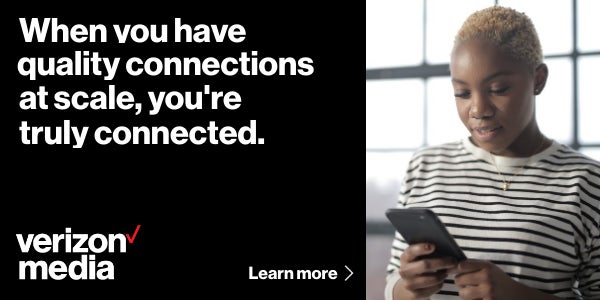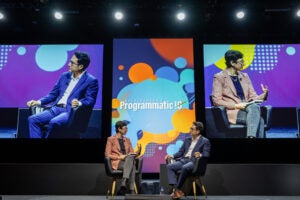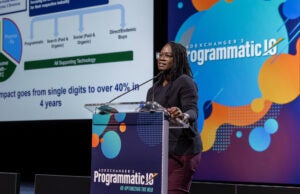This article is sponsored by Verizon Media.
It’s been well past a decade since we started talking about the fundamentals of audience targeting: concepts like profile (demo, technographic), behavioral, retargeting, location and advertiser-owned first party data. These have been, and will continue to be, the basis of a foundational audience-driven advertising strategy.
Somewhere along the way, however, things got muddied and complicated. Language like ‘deterministic,’ ‘probabilistic,’ ‘modeled’ and ‘inferred’ resulted in bloated audience sizes that added complexity and created a lack of trust throughout the industry.
A few years ago, industry publications began reporting that mounting concern over data accuracy was at an all-time high. At the same time, segments continued to grow as audience CPMs dropped and data accuracy was diluted in exchange for scale and frequency.
In 2021, things look a little bit different. Regulation and technology changes are challenging the primary mechanism for targeting audiences at scale (the third-party cookie), and marketers are waking up to the reality that 2022 will be a far cry from the heady days of the last 10 years.
Audience segments will be cut down to size
As first-party data dominates the advertising ecosystem and consumers who give their consent become the only source of addressable audiences, marketers will be faced with smaller – but also more accurate – audiences. Gone will be the days of ‘addressable’ segments that are five times the size of the entire United States digital population. We’re entering an era of more realistic segments dictated by common sense.
For those hungry for scale in ID-less environments, machine learning and algorithmically built predictive models must exist alongside addressable audiences, to help marketers balance reach with consumer privacy.
Not only will the mechanism of building and addressing audiences be technologically different, but marketers will have to approach the evolution with open minds. The transition in 2022 will require an acceptance that contextual signals and modeled audiences will be only one of the primary ways broad reach objectives will be achieved. This mindset shift will result in marketers approaching machine learning and algorithmic solutions – like Next-Gen Audiences from Verizon Media – with a complete picture of how audiences are made.
With change comes opportunity
For the foreseeable future, the data-driven ecosystem will be chaotic. Evolving privacy, regulation and technology changes will fragment the marketplace and result in a great deal of complexity. As addressable scale experiences a precipitous decline, using the right tactics for the right objectives will be key – as will be finding the right partners to see you through the evolution of our marketplace.
Teaming up with future-minded partners and solutions, like Verizon Media, can help make this transition as simple as possible by minimizing disruption and supporting a consumer-first approach that drives long-term industry success. With a sizable first-party footprint as the backbone, solutions like our ConnectID enable advertisers to find and achieve significant and meaningful scale against addressable audiences. Combined with organic data from direct customer relationships, these sources drive Next-Gen Audiences that can achieve significant scale using machine learning and algorithms.
According to recent research by the IAB, almost 80% of companies say next year’s changes will have little or no impact on their revenues. But that is a huge mistake. More seismic changes are coming, and it’s on us to continue to predict and solve for each one. To be prepared for the new ecosystem that is coming in 2022, now is the time to pay attention, plan ahead and seek long-term, customer-first solutions that will set up all of us for success.













